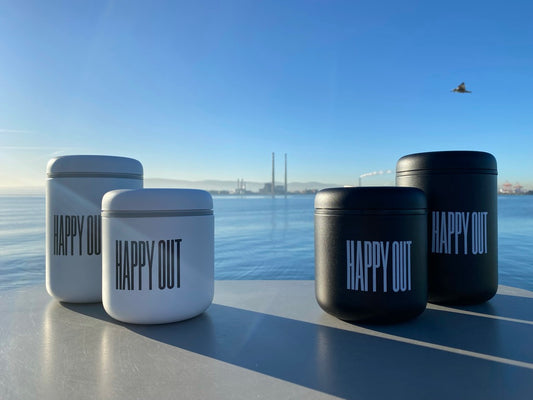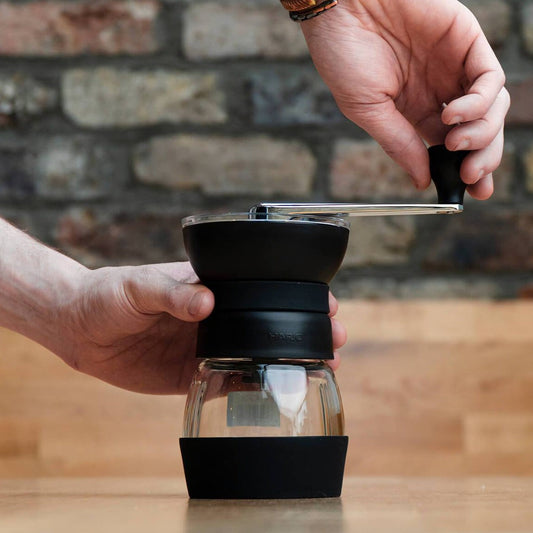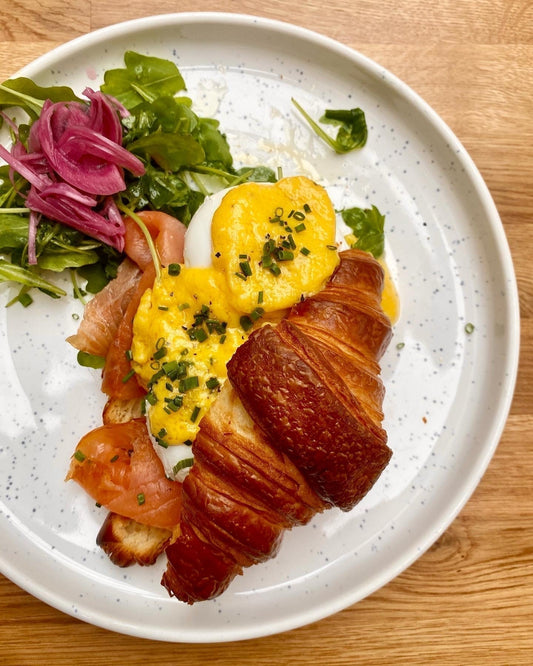We invite you to dive with us into the universe of coffee and learn a bit more about your preferred beverage.
From the roots to your cup, in this blog, we share a few pieces of knowledge from its origin, trends, and production.
The origin of coffee
Many are stories about the origin of coffee, but the one that most historians agree on is that the coffee journey began in the ancient coffee forests on the Ethiopian plateau, specifically in the region known as Kefa (or Kaffa).
According to legend, a 9th-century Ethiopian goatherd named Kaldi discovered coffee when he noticed his goats became unusually energetic after eating the berries from a certain tree.
Kaldi then decided to take his discovery to the abbot of the local monastery who, after drinking it, felt alert during the long hours of prayer, sharing the drink with other monks.
From there, the story of this energizing drink spread quickly and coffee cultivation began in the Middle East reaching the Arabian Peninsula in the 15th century where coffee houses became common.
In Europe, when the beverage first arrived in Venice in 1615, it was condemned by the local clergy and named by locals as the “bitter invention of Satan”.
Thank you to Pope Clement VIII who decided to step in and approve the drink, otherwise imagine how long it would take for our ancestors to be blessed with the taste of a cup of coffee like we are.
Over the following thousands of years, coffee spread throughout the world, becoming the second most exported commodity after oil.
Want to keep learning? Find out more about coffee history.
The largest coffee producer
Brazil is the world's largest coffee producer, a title it has held for over a century.
The country's vast coffee plantations with over 220.000 coffee farms involved in the industry and its favourable climate and geography contribute to its dominance in the coffee industry.
In 2020, Brazilian production accounted for 40% of the global coffee supply followed by Vietnam and Colombia.
The country is known for producing both Arabica and Robusta coffee varieties. Arabica beans, which are generally considered higher quality, are known for their smooth, mild flavour and are often used in specialty coffees. On the other hand, Robusta beans have a stronger, more bitter flavour and higher caffeine content, making them ideal for espresso blends and instant coffee.

How coffee is made
The journey from coffee cherry to your cup involves several meticulous steps that transform coffee cherries into the delicious brew we enjoy every day.
It usually begins with planting coffee seeds in shaded nurseries for 6-12 months before being planted in the field.
After about three to four years, the coffee trees bear fruit, known as coffee cherries. The fruit turn a bright, deep red when they are ripe and ready to be harvested. These cherries are harvested either by hand or machine, depending on the region.
Once harvested, the cherries undergo processing, which can be done using the dry or wet method:
Dry method: This is the oldest method and involves spreading the cherries out in the sun to dry. They are raked and turned regularly to ensure even drying. This process can take several weeks.
Wet method: In this method, the pulp is removed from the cherries after harvesting so the beans are dried with only the parchment skin left on. The beans are then soaked in water for fermentation, which removes the mucilage (sticky layer) before they are dried.
After drying, the beans are milled, graded, and exported.
Finally, they are roasted, ground, and brewed to create the coffee we enjoy.

World’s number 1 coffee consumer
Finland holds the title of the world's top coffee consumer, which is perhaps why it is also the happiest country in the world!
Whether due to the many cold days or sometimes the long summer days lasting almost 19 hours, the Finns have a strong coffee culture, consuming an average of 12 kilograms of coffee per person annually.
This love for coffee is evident in the numerous coffee shops and the tradition of taking coffee breaks, known as "kahvitauko."

As you can see, coffee is not only rich in flavour, but also in tradition, wealth and culture. Whether you want to enjoy a delicious dessert, meet up with friends, or boost your energy throughout the day, a cup of coffee is always a good idea full of history.






